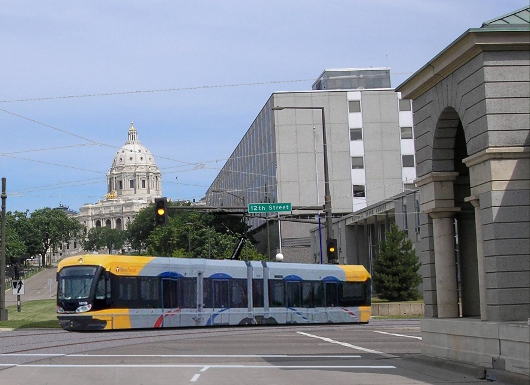
CIVIL ENGINEERING NEWS
Stressed public budgets and delayed passage of long-term federal funding have taken a toll on many transportation infrastructure projects in the United States during the last year. Nevertheless, many significant projects are moving ahead. The inaugural CE News Transportation Projects Roadmap lists 50 notable transportation infrastructure projects in the United States — ranked by estimated cost — that are currently in some stage of planning, design, or early construction. The list includes 21 road/highway/bridge projects, 17 rail/transit projects, seven port/waterway projects, and five airport projects…
-CE News












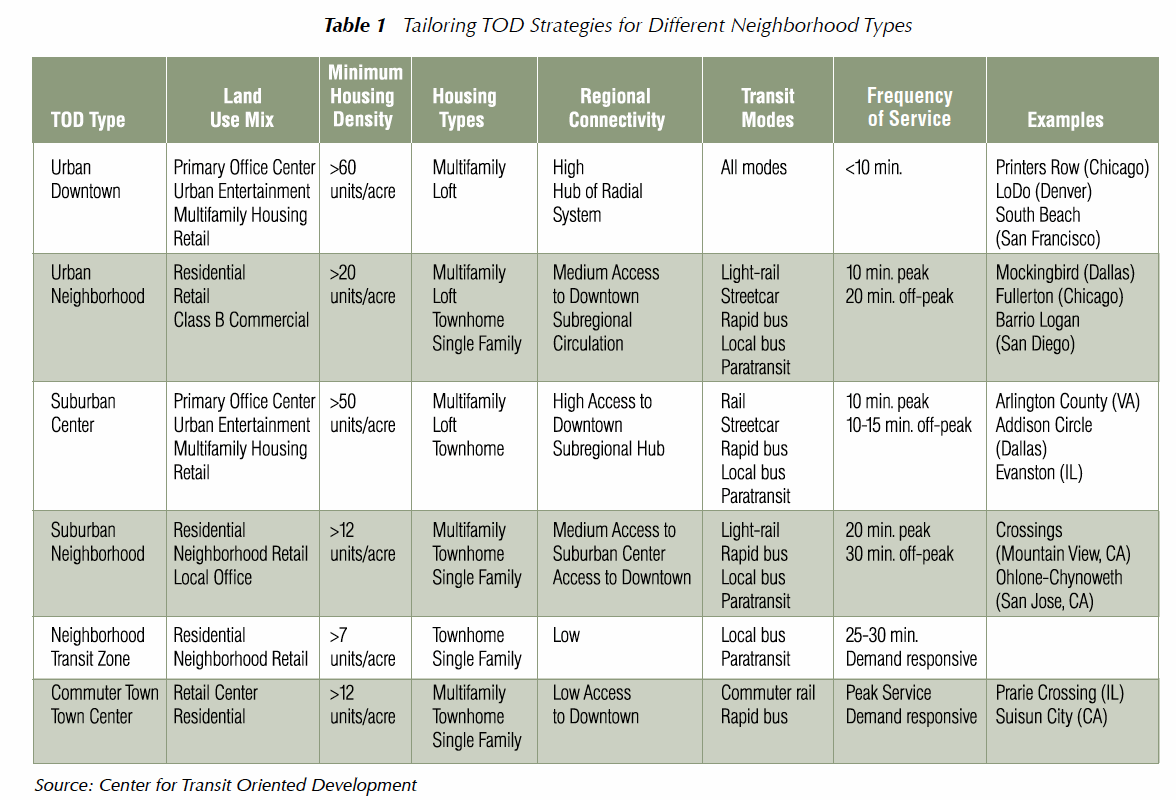
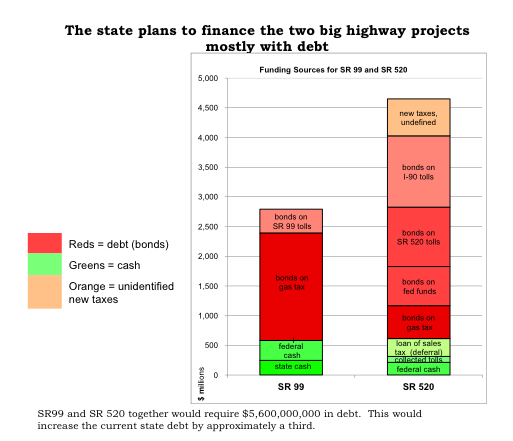
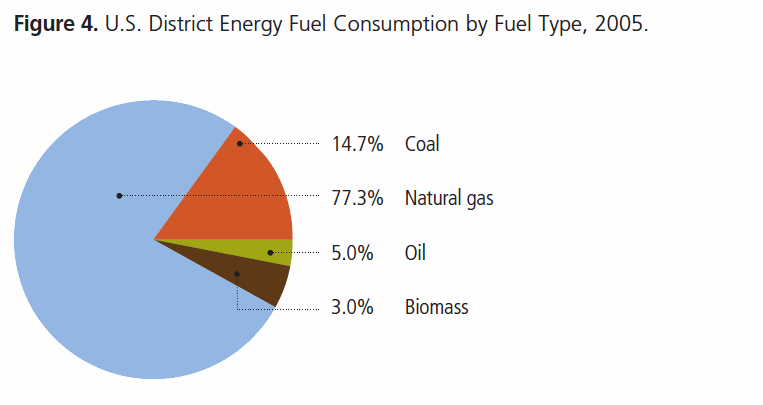
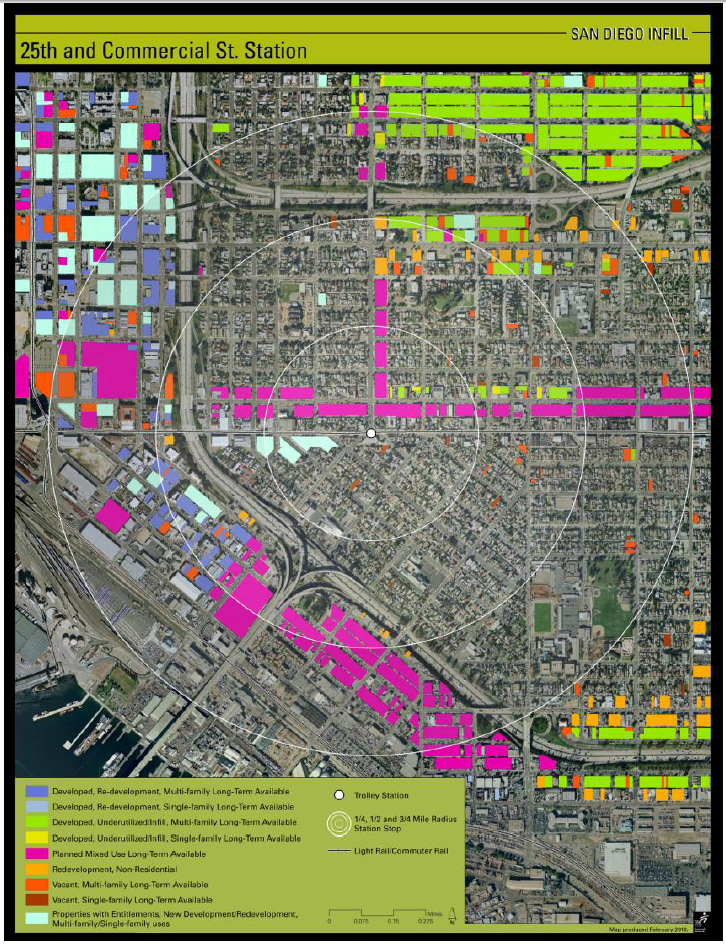
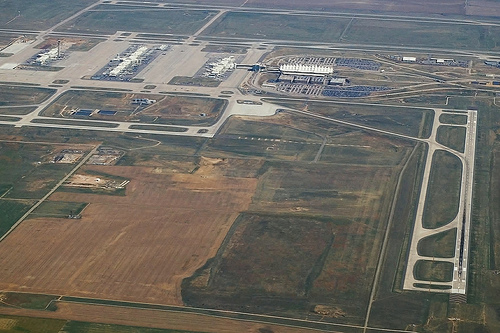

 RSS Feed
RSS Feed